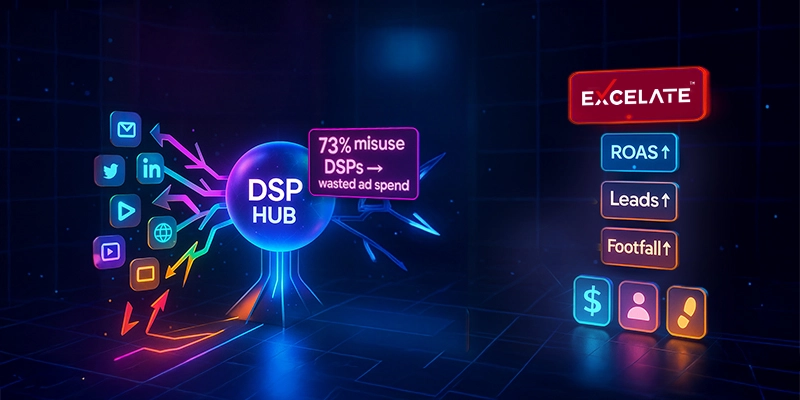Table of Contents
ToggleHumor has a unique ability to cut through the noise and capture attention. Entertaining advertisements create an emotional connection with viewers, increasing the chance that they will remember your brand and message. When employed correctly, humor can transform a marketing campaign from ordinary to spectacular.

Comedy in advertising has encountered challenges over the years. The decline began in 2002 and continued with significant drops during the 2008 financial crisis and the COVID-19 pandemic. This decline is due to increased sensitivity to potential offensiveness and the rise of purpose-driven advertising.
Despite these challenges, humor is experiencing a resurgence. Brands like Google and Workday are leading by using humor in their marketing. This approach has proven effective in both consumer and B2B sectors.

1- Enhanced Engagement and Recall:
Humor has a unique ability to captivate and engage the audience. Ads that generate laughter are more likely to be shared, remembered, and discussed.
2- Brand Appeal Across Demographics:
Humor can be used in any business to reach a wider audience. A well-crafted joke has the power to connect with people outside the conventional market categories. It can even reach those who were not the original target demographic.

3- Cost-Effective Marketing:
Creative use of humor may generate compelling commercials even for businesses with limited finances. A well-executed, funny campaign may go viral, resulting in significantly more exposure than the budget would normally allow.
4- Increased Brand Affinity and Loyalty:
Humor that aligns with a company’s personality can enhance brand affinity and loyalty. It achieves this by humanizing the brand and building a stronger emotional connection with customers.

Comedic advertisements offer more than mere entertainment; they enhance a brand’s value in consumers’ perceptions.
Here are three humorous advertisements from the past five years that everyone likes, and here’s why!
Ed Sheeran X Heinz
When an advertisement starts with “based on a true story,” it typically signals an engaging and compelling presentation. In the “Ed’s Heinz ad” video, Ed Sheeran discusses his idea for a Heinz commercial. Ed Sheeran then narrates the story himself. He ends by asking if Heinz wants to film it, skillfully blurring the line between an ad and something more informal.
Dr. Evil X General Motors
Self-critical comedy is one of the most reliable bets for a hilarious ad. If your organization is recognized for something less than ideal, think about making light of it. This approach demonstrates to your audience that you are aware of your mistakes and are working to improve, which can build trust and relatability.
Amazon’s Alexa
This commercial successfully uses gender and relationship stereotypes but with a unique twist. The gags sound fresh and avoid the antiquated discrimination that advertising sometimes falls into.

Humor can be a brilliant asset in advertising, but it’s important to strike the right balance. Here are some key strategies that can help navigate the fine line between humor and offense, and connect meaningfully with your audience.
1- Know Your Audience:
Recognize your target demographics’ tastes and cultural quirks to ensure your comedy will hit home.
2- Be Authentic:
Ensure that the humor aligns with your brand’s values and personality. Authenticity is key.
3- Keep It Simple:
Laugh-inducing ads must not be deep or complicated.
4- Avoid Offensive Humor:
Avoid approaching any ideas that audiences might interpret as disrespectful, rude, or divisive.
5- Don’t Overdo It:
Comedy can be effective, but excessive use might overshadow your business’s main message.



